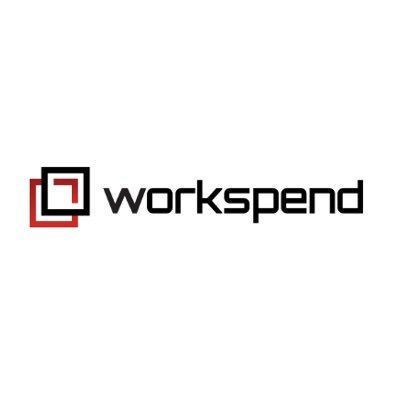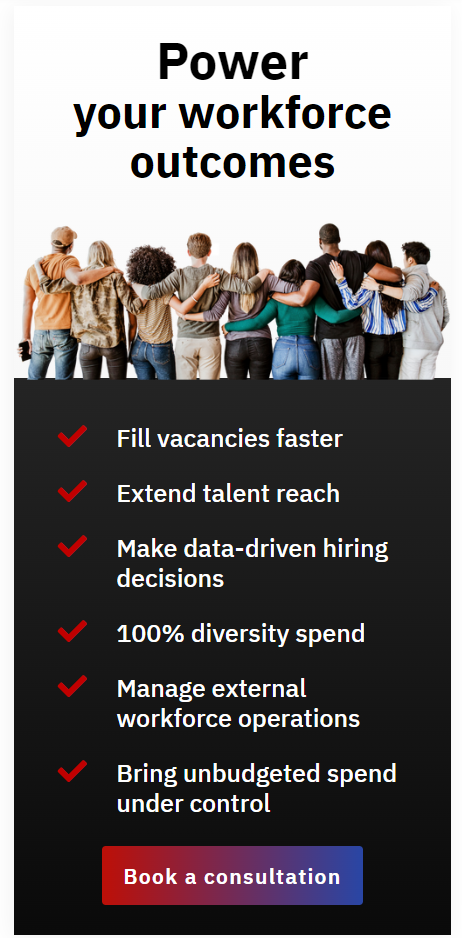
Ian Tomlin - 4 min read
How talent data insights can sharpen your competitive edge
In 2000, being data-driven meant having someone in your team that was a whizz at spreadsheet data crunching. And if you were lucky, your IT team was happy enough to share some of their precious data. Fast forward twenty years and companies are getting to grips with data. The talent industry is today being transformed by data insights. But what are the real rewards? And how can you make sure you don’t miss out?
Thriving in a digital era requires a data centricity
Like any other market, the talent industry is evolving quickly due to digital innovations. Even where talent market behaviors have remained constant, the lowering costs of data storage and cloud platforms might well have encouraged entrepreneurs to find smarter ways of finding talent at the best price, in the best place, and at the right time.
But the shape of the talent market has changed and is still changing. Upwork estimates that remote working is here to stay, suggesting that 22% of the workforce (36.2 million Americans) will work remotely by 2025. These changes are encouraging venture capitalists and entrepreneurs alike to focus their efforts on talent industry solutions.
The seismic differences in labor rates worldwide have brought opportunity for tech speculators. Thanks to technological advances, global talent resources are within touching distance of any business, regardless of their location.
The COVID-19 pandemic forced knowledge workers back to their home offices in droves. No longer is remote working frowned upon, or an economic disadvantage. When nobody can get to the office, the playing field is evened for candidates everywhere.
5 ways talent insights can give you a competitive edge
1. Establishing labor rates
The stakes of getting labor rates wrong are high on both sides of the equation. Advertise labor rates at a pricing point below local market rates and you could be waiting a long time to fill their vacancies. Pay too much, and risk wasting cash unnecessarily on indirect employment costs.
To get labor rates right means accommodating variances in market rates based on labor category, levels of experience, core competencies, and local variations. The best platforms reference more than one source of labor rate data, often blending three or more credible sources. Additionally, expect to be able to distill an upper and lower quartile pricing range, as no labor category has a precise pivot point on ‘best case’ price. Therefore, it will always be a judgment decision by hirers of what they are prepared to pay.
2. Selecting the best talent
There’s a difference between affordable talent and ‘best talent.’ Defining ‘best talent’ may be about qualified competencies or more of a question of adding soft skills—such as communication and empathy—into the mix. Alternatively, better quality talent might suggest more attitudinal measures take greater importance, such as tenacity, energy, innovation, self-starter qualities, and/or personal organization.
Insight platforms can help to distill the best talent in a number of ways, most obviously to use AI-powered online scripting tools to validate competencies and present results back to hirers. Another increasingly popular triage mechanism in recruitment comes in the form of online video interview technologies to pre-vet candidates for attitudinal qualities and ‘fit’.

When data insights became a competitive weapon in the talent industry
The remote working talent industry has come to rely on market insights platforms to be its eyes and ears. The majority of hiring managers and decision-makers are also living in the half-life of hybrid working, having to operate remotely. Suddenly, the insights they get from their talent portal have taken on more importance.
But what insights are most highly valued, and why? Here’s a list of the top 5 talent insights, based on our research of client behaviors, captured through the user interaction logs of Vendor Management Systems.
3. Choosing the right suppliers
The fact of the matter is that no third-party provider will be able to offer ALL of the talent your business needs. This means working out who are the most effective—and value for money—suppliers remains important. There are many data points captured on supplier performance by Vendor Management Systems (VMS) these days, and talent insight platforms are becoming increasingly adept at presenting this data to prospective hirers.
4. Finding lower-cost sourcing options
Cloud Platforms and social media are reinventing the way companies source talent. Direct sourcing is one example of this. It helps companies leverage a digital job board and their social media presence to tap into talent who comes across their brand and website when seeking employment. Promoting jobs through social media means companies today can source talent direct without the help of third-party recruitment firms. Empirical data suggests direct sourcing can save companies up to 15% on indirect staffing charges levied by suppliers.
Statement of Work (SOW) is another sourcing arrangement growing in popularity. With SOW contracts, procurers formalize the outcomes of a project through a series of waypoints and agree to pay contractors on achievement of outcomes, rather than paying for hours worked. The majority of Vendor Management Systems now offer a SOW module to equip companies with this procurement vehicle. This provides hiring managers with insights on the performance and economy of projects in a more measurable and meaningful way than before, somewhat blurring the line between project management oversight and procurement.
5. Keeping performance on track
Another service talent insights platform provides is to keep track of performance. This includes monitoring the progress of payments, keeping on top of supplier payment terms, observing compliance risk issues (such as the right to work and insurances, etc.), and monitoring hiring performance (such as fill rates and end of contract extension costs).
You may also like:
Streamlining Contingent Worker Onboarding: Accelerating Time-to-Productivity
Streamlining Contingent Worker Onboarding: Accelerating Time-to-ProductivityOrganizations are turning to contingent workers to bridge talent gaps and adapt to fluctuating demands. However, the traditional onboarding processes, often designed for permanent hires, are...
AI Should Augment Human Intelligence, Not Replace It
Will smart machines replace human workers? How human intelligence can work with artificial intelligence to produce augmented intelligence.
Optimizing Contingent Workforce Management with MSP Expertise
Optimizing Contingent Workforce Management with MSP ExpertiseNowadays companies are increasingly relying on a contingent workforce to maintain flexibility and adapt to changing demands. A contingent workforce, comprising freelancers, consultants, and independent...
Power your workforce outcomes with a diversity MSP






